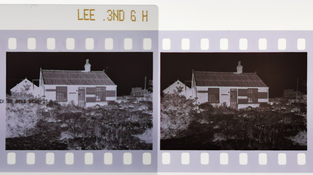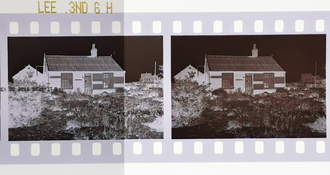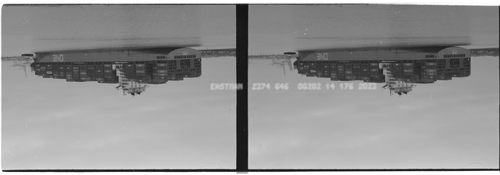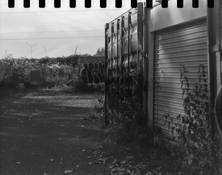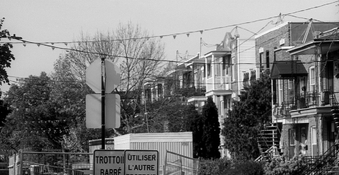Alan Johnson
Subscriber
- Joined
- Nov 16, 2004
- Messages
- 3,340
Mixed results with camera shake and low resolution from a hand held 28-90 consumer zoom, with some streaking attributed to 3 min agitation intervals.
The King Mono 50 film itself was OK given 20% less development cf post 72 Sept 15 24.
The 2EZS test shows the +2 stops negative has a lighter sky (lower CI) and darker foreground (higher CI) than the normally exposed negative (attachment).
This is consistent with an S-shaped curve for this sound recording film in CD4-LC.
The King Mono 50 film itself was OK given 20% less development cf post 72 Sept 15 24.
The 2EZS test shows the +2 stops negative has a lighter sky (lower CI) and darker foreground (higher CI) than the normally exposed negative (attachment).
This is consistent with an S-shaped curve for this sound recording film in CD4-LC.


